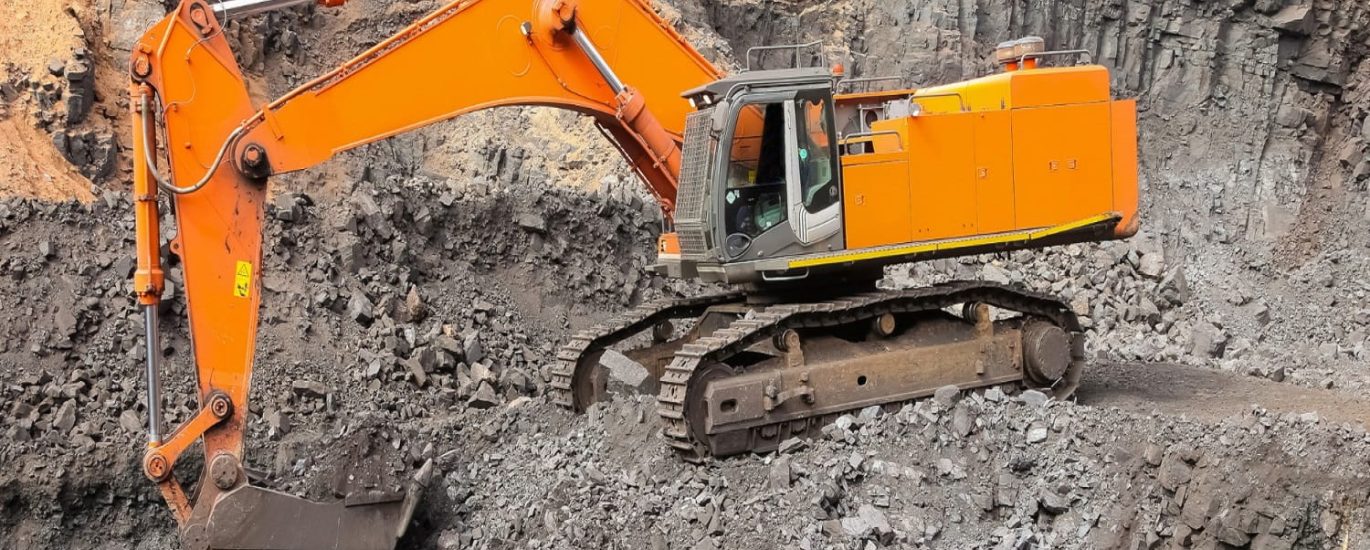Handling logs is never as simple as it looks. Anyone who’s tried shifting heavy, uneven timber with a bucket knows the frustration—logs rolling out of grip, machines working twice as hard, and wasted time on the clock. That’s exactly where an excavator log grapple comes in handy. Built for control and strength, it makes moving, stacking, and sorting timber way more efficient. And if you take it up a notch with a rotating log grapple for excavator, the job gets even smoother, because now you’ve got precision placement on top of raw lifting power.
What Makes an Excavator Log Grapple Different?
Unlike a standard bucket or clamp, a grapple is specifically engineered to grab irregular shapes—like logs of all sizes. The jaws are curved, tough, and designed to hold timber tight without constant slipping. With an excavator log grapple, operators can handle multiple logs at once, strip a pile quickly, and load trucks in half the time compared to improvised methods.
Why Rotation Changes Everything
A fixed grapple is good. A rotating log grapple for excavator is better. Rotation means you don’t have to keep repositioning your whole machine to line up logs. Instead, you spin the grapple, twist the log, and place it exactly where you want it. This isn’t just about convenience—it reduces wear on your excavator, saves fuel, and massively speeds up operations. Picture building neat log stacks or placing timber into a sawmill conveyor belt with precision—that’s what rotation unlocks.
Real-World Applications
- Forestry: Moving felled trees, stripping branches, and stacking timber.
- Construction: Clearing land full of logs and debris.
- Sawmills: Loading and unloading timber with consistency.
- Landscaping: Handling bulky timber pieces or decorative logs without damaging them.
Whether you’re running a large operation or a small contracting business, both an excavator log grapple and a rotating log grapple for excavator add serious versatility to your fleet.
Choosing the Right Grapple for Your Machine
- Match the size: Too small and you won’t maximize efficiency; too big and you’ll strain your mini-excavating.
- Hydraulic setup: Rotation grapples usually need an additional hydraulic circuit—check compatibility before buying.
- Durability: Look for hardened steel, reinforced welds, and replaceable wear parts.
- Maintenance: Greasing points and easy-to-replace pins mean less downtime.
Final Thoughts
If logs are a regular part of your workload, investing in an excavator log grapple is a no-brainer. And if precision and speed matter most, a rotating log grapple for excavator takes things to another level. It’s not just about moving timber—it’s about doing it safely, quickly, and in a way that keeps your excavator (and your crew) working smarter, not harder.






